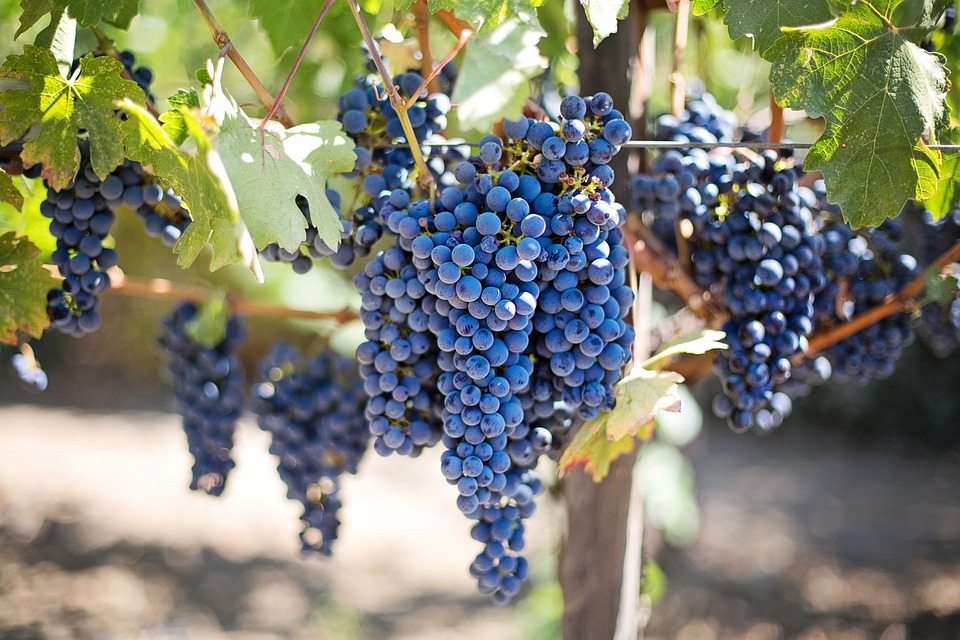Innovative farming methods have revolutionized the agricultural industry, allowing farmers to optimize their practices and maximize their yields. These methods utilize new technologies and techniques to enhance various aspects of farming, including planting, irrigation, pest control, and harvesting.
One of the greatest challenges facing agriculture today is the impact of changing climates. Rising temperatures, increased droughts, and shifting weather patterns necessitate the adoption of modern crop growing methods that not only maximize yields but also promote sustainability.
Table of Contents
Key Takeaways
- Vertical farming utilizes vertically stacked layers to grow crops, reducing land and water usage while enabling year-round production.
- Urban farming transforms underutilized city spaces into productive areas, reducing transportation emissions and providing local food sources.
- Precision agriculture leverages technology for efficient resource management, enhancing productivity and minimizing environmental impact.
- Hydroponics and aquaponics are soil-less farming techniques that conserve water and space, offering fresh produce in various settings.
- Agroforestry and conservation agriculture integrate biodiversity and resource conservation, improving soil health and crop resilience.
1. Vertical Farming for Growing Methods

Vertical farming is a revolutionary farming practice that involves growing crops in vertically stacked layers, often indoors or in controlled environments. This method maximizes the use of vertical space and can produce significantly higher yields compared to traditional farming methods.
Vertical farming represents a paradigm shift in agriculture, moving away from land-based farming towards stacked growing systems. By utilizing controlled environments, hydroponic or aeroponic techniques, and LED lighting, vertical farms can produce a variety of fruits, vegetables, and herbs without the need for arable land or pesticides.
Vertical farming systems often incorporate advanced climate control technology to provide optimal growing conditions, maximizing land use and reducing water consumption.
Here are some sustainability benefits of vertical farming:
- Minimizes resource consumption
- Reduces environmental impact
- Offers year-round production
- Utilizes minimal water usage
- Eliminates the need for pesticides
2. Urban Farming

Urban farming is revolutionizing the way we think about food production in densely populated areas. By transforming underutilized spaces into thriving gardens and employing systems like hydroponics, urban agriculture reduces the need for long-distance transportation, significantly cutting the carbon footprint associated with traditional farming methods.
Urban farming businesses are not just about producing food; they are a sustainable solution for food security. They address the challenge of food deserts by providing access to fresh and nutritious produce, directly impacting the health and well-being of local communities. Moreover, these urban oases often become centers for education and community engagement, offering workshops and events that promote sustainable living.
- Providing Access to Fresh and Healthy Food
- Enhancing Environmental Sustainability
- Facilitating Community Engagement and Education
Urban farming is more than just a method of growing food; it’s a catalyst for community development and environmental stewardship.
By combining fish farming and hydroponics, urban farming maximizes resource utilization and reduces waste. This innovative approach not only yields a continuous supply of fresh produce but also fosters a sustainable model of agriculture that can be replicated in cities worldwide.
3. Precision Agriculture

Precision agriculture, also known as smart farming, represents a significant leap in crop production efficiency. By harnessing the power of advanced technologies such as GPS, sensors, drones, and satellite imagery, farmers can now monitor and manage their operations with unprecedented precision. These technologies are designed to collect and analyze data and provide suggestions to farmers on ways to increase farm efficiencies, such as reducing input.
The core of precision agriculture lies in its data-driven approach. Utilizing tools like drones and satellites, farmers can gather detailed information on soil health, moisture levels, and crop growth. Advanced analytics and machine learning algorithms then process this data to make informed decisions, optimizing the application of water, fertilizers, and pesticides to only where they are needed.
By minimizing inputs and reducing waste, precision farming not only lowers environmental impacts but also improves yields, making it a cornerstone of sustainable agriculture.
The benefits of precision agriculture can be summarized as follows:
- Enhanced crop productivity
- Reduced usage of water, fertilizers, and pesticides
- Lowered environmental footprint
- Increased cost savings for farmers
Investors and stakeholders are increasingly recognizing the potential of precision agriculture as a means to achieve both economic and environmental goals.
4. Hydroponics

Hydroponics is a soilless cultivation method where plants are grown in a nutrient-rich water solution. This innovative technique allows for precise control over the nutrients and water that plants receive, leading to higher yields and more efficient use of resources.
Hydroponics is particularly well-suited for urban areas where space is limited and soil quality may be poor. By eliminating the need for soil, hydroponic systems can be set up in a variety of locations, including rooftops, abandoned buildings, and even indoors.
The closed-loop system of hydroponics not only conserves water but also minimizes the environmental impact by reducing nutrient runoff and the need for pesticides.
Here are some key benefits of hydroponics:
- Water conservation due to recirculating systems
- Year-round production irrespective of external climate conditions
- Reduced dependency on arable land
- Lower risk of soil-borne diseases and pests
- Faster plant growth compared to traditional soil-based methods
5. Aquaponics

Aquaponics is a synergistic farming approach that marries aquaculture with hydroponics, creating a closed-loop system that is both efficient and sustainable. Fish waste provides nutrients for plants, which in turn purify the water, creating a harmonious environment for both parties. This method is particularly advantageous for urban settings where space is at a premium, allowing for high-density, year-round crop production.
The benefits of aquaponics are manifold, including significant water conservation, minimal nutrient runoff, and the ability to produce food continuously throughout the year. It’s a method that is gaining traction among new-age farmers, especially in areas where traditional farming faces challenges.
Aquaponics has the potential to revolutionize modern agriculture by addressing key challenges and inefficiencies in traditional farming methods.
For those looking to invest in sustainable agriculture, aquaponics presents a compelling opportunity. It’s not just a farming technique; it’s a step towards a more sustainable and food-secure future.
6. Agroforestry

Agroforestry is a dynamic, ecologically based natural resources management system that, through the integration of trees in farm and grazing lands, diversifies and sustains production for increased social, economic, and environmental benefits. Agroforestry practices can be designed to:
- Enhance soil conservation
- Promote biodiversity
- Achieve carbon sequestration
- Provide multiple income streams
By combining the cultivation of trees with crops or livestock, agroforestry systems allow for a symbiotic relationship where each component supports the other. For instance, trees can provide shade and fix nitrogen, improving soil quality and overall productivity.
Agroforestry not only contributes to a more diverse and resilient ecosystem but also offers a practical approach to sustainable land management and conservation.
The recent initiative to build out an agroforestry demonstration farm network provides hands-on educational opportunities. Farmers and growers can witness firsthand the tangible benefits of integrating trees into their agricultural practices. This network serves as a testament to the growing interest and application of agroforestry methods worldwide.
7. Conservation Agriculture

Conservation Agriculture (CA) represents a cornerstone of sustainable farming, aiming to preserve soil integrity, enhance biodiversity, and ensure long-term productivity. CA is a set of soil management practices that minimize the disruption of the soil’s structure and natural biodiversity. This approach is crucial for reversing degradation and maintaining soil health.
Key principles of CA include minimal soil disturbance, maintaining permanent soil cover, and practicing crop rotation. These principles work in harmony to reduce soil erosion, improve water retention, and boost crop yields. By fostering a healthy soil ecosystem, CA supports increased soil organic matter and moisture-holding capacity, which is particularly beneficial in regions where fertilizer use is not economically viable or in times of low rainfall.
Conservation Agriculture is not just about maintaining yields; it’s about enhancing the resilience of the farming system against environmental challenges.
Efficient water management is also integral to CA, with techniques like drip irrigation and rainwater harvesting playing a pivotal role. These methods, along with precision farming, help conserve water—a critical aspect of sustainable agriculture. Additionally, CA practices such as agroforestry and contour plowing contribute to preventing soil erosion and reducing water pollution.
5 Tips and Techniques for Growing Eggplant: From Seed to Plate
Cultivating Zucchini: Tips for a Successful and Abundant Harvest
Step-by-Step to Growing Bell Peppers in Your Garden
Mastering the Art of Growing Carrots: Tips for a Bountiful Harvest


